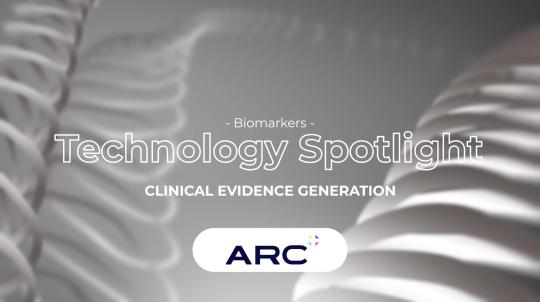Irrespective of the stage of clinical development, monitoring is a critical component of patient safety, adherence to protocols and ensuring high quality data for regulatory submissions. Amanda Ball, Global Head of Clinical Operations at ARC Regulatory, discussed the key considerations that scientific researchers should take into account to make monitoring IVD (In Vitro Diagnostics) studies more seamless.
On-site, central testing labs, and remote monitoring, with a recommendation for physical site visits at the end of the study. Upon visiting the site, the monitor can review source documents, stored samples, and devices to ensure everything is stored and logged correctly. When appointing a monitor to a study, Ball suggested that finding a monitor independent of the investigator site would be more beneficial when checking paperwork to avoid any potential bias.
The presentation then turned to the necessary considerations for a monitoring plan. Ball urged the audience to factor in site selection, duration of the study, geographical limitations, and the number of study sites. She also mentioned other important choices, like the selection of clinical research associates. One should check if the associate has appropriate experience, education, training, and working knowledge of relevant regulations before appointing them. Following this line of thought, it is key to be aware of the different regulatory frameworks across different countries.
Drawing on her 12 years of monitoring experience, Ball highlighted some of the most common errors in monitoring. She pointed out that typographical errors, missing/incomplete documentation, incorrect storage, protocol deviations, and QMS non-compliance are typical mistakes. She posited that most of these can be addressed through clear communication, attention to detail, and teamwork. To navigate the more complicated issues, such as country-specific requirements, she suggested using ARC’s website, which has a navigator tool with links to the necessary documents and additional advice.
In a nutshell, Ball outlined the key to monitoring success. By understanding regulatory requirements, selecting appropriate CRA support, robust monitoring plans, use of electronic tools, and timely closeout of actions one can conduct effective IVD studies.

